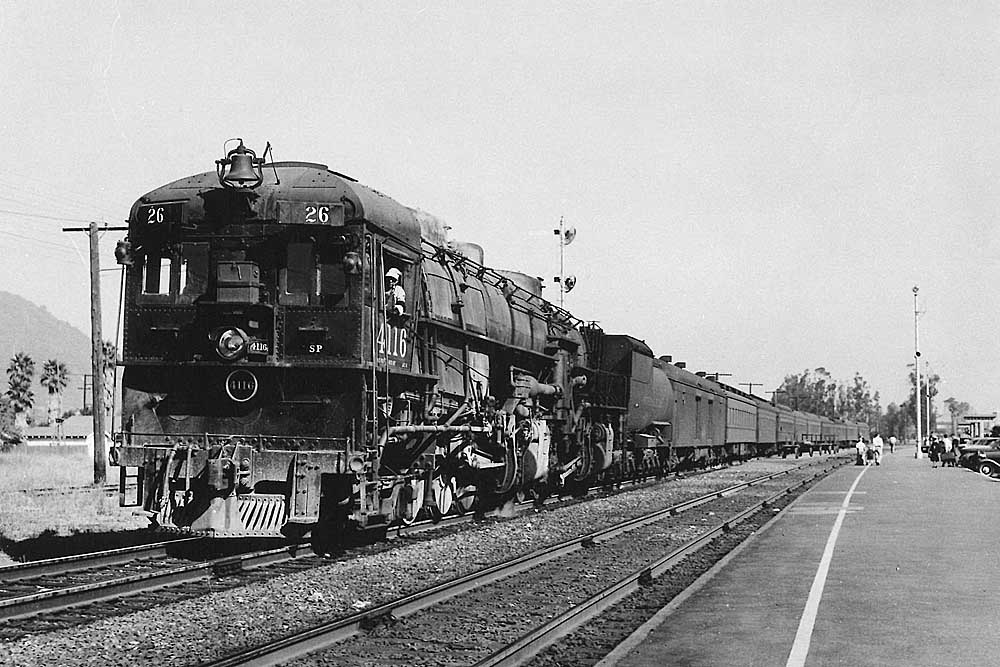
Almost every railroad has its “other” passenger train. You know, the lesser known one usually received far less press. The one that deviated here and there from the timetable of the premier train that plied the route.
Thumb through a company history and you soon realize Southern Pacific had lots of them. Almost everyone heard of the Coast Daylight that ran between Los Angeles and San Francisco, but few locals recall its evening counterpart, the Lark. Same railroad, similar equipment, usually without the diner in its later years.
Well, even more obscure was The Owl Limited on the railroad’s San Joaquin Valley line in California. The star, if you will, was the San Joaquin Daylight, an inland version of the one on the coast decked out in the same gorgeous black, red, and orange paint scheme.
The superb Owl – it was officially The Owl Limited, but no one referred to it that way – was more of a meandering counterpart that took detours along the way, some of which do not even exist anymore.
Powered by anything from 4-8-2s, 4-8-4s, and 4-8-8-2 cab-forwards in steam days, a brace of dual-service EMD F7s were usually assigned in diesel days.
Departing in the evening — southbound from San Francisco as No. 25 and north from Los Angeles as No. 26 — The Owl daily roared through the Valley and snaked its way in the Tehachapi’s beginning in December 1898. It ultimately died April 1965 with only a dozen or so passengers. In its heyday, however, it had Pullmans, coaches, chair cars, and even a decent diner.
What made it unusual was its route.
Passenger boarded a bus in San Francisco and took a company owned ferry to SP’s 16th Street station in Oakland. Subsequent stops included Berkeley, Martinez, Richmond, Crockett, Port Costa, Pittsburg, Brentwood, and Tracy, then down to Patterson, Newman, Gustine, and Los Banos before turning southeast to Dos Palos, Firebaugh, Mendota, and Kerman before coming back to the mainline at Fresno.
From there it was straight running through Selma, Tulare, Delano, and Bakersfield before climbing into the mountains. That included brief stops at Caliente, Mojave, Lancaster, and Palmdale, before crossing Soledad Canyon and hitting Saugus, San Fernando, Burbank, and ultimately Los Angeles.
As a footnote, in the early days of service, before Los Angeles Union Passenger Terminal was built in the 1940s, the official end of the line was Central Station, and before that the long-forgotten Arcade Depot. The northbound trip would be the reverse.
For the average rider, it was just the Owl, but to its followers it was, for better or worse, the superb Owl. Limited, of course.






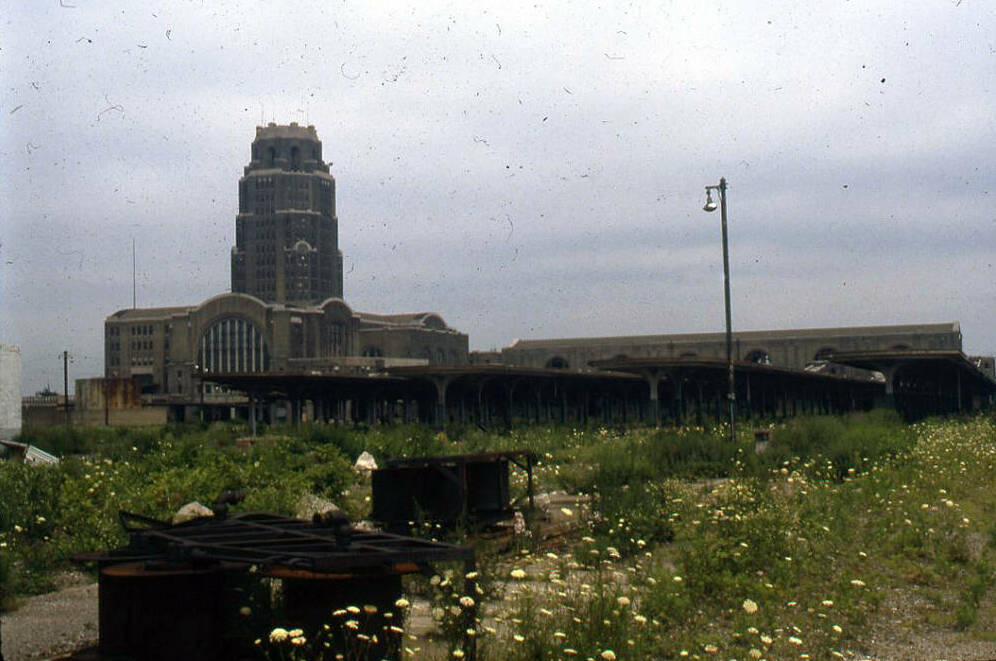
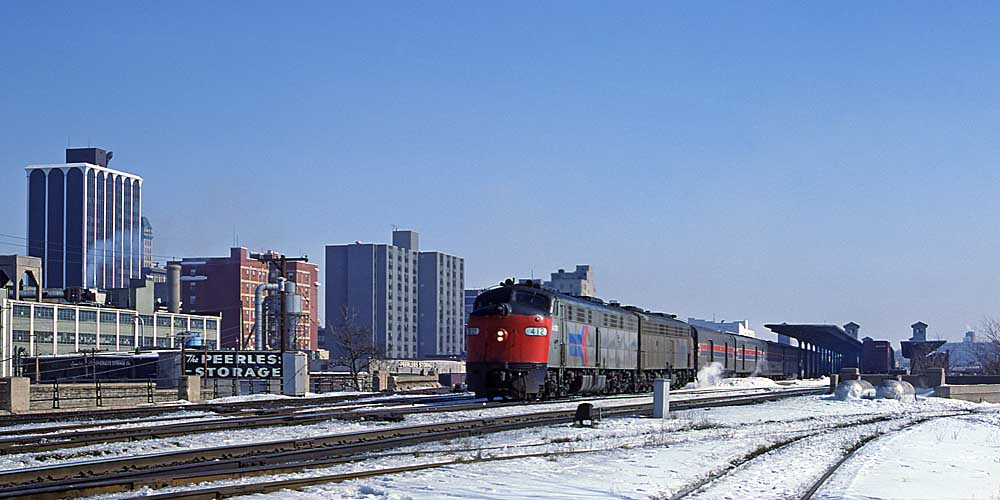
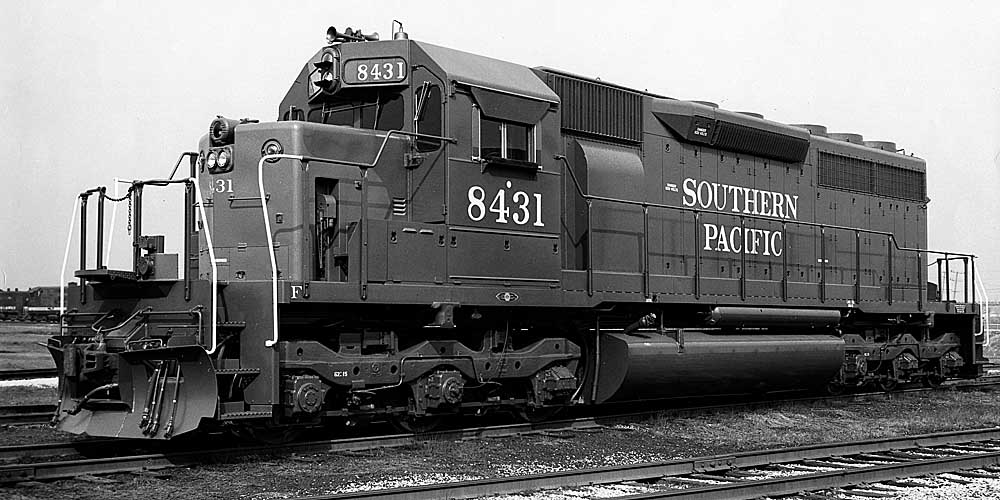
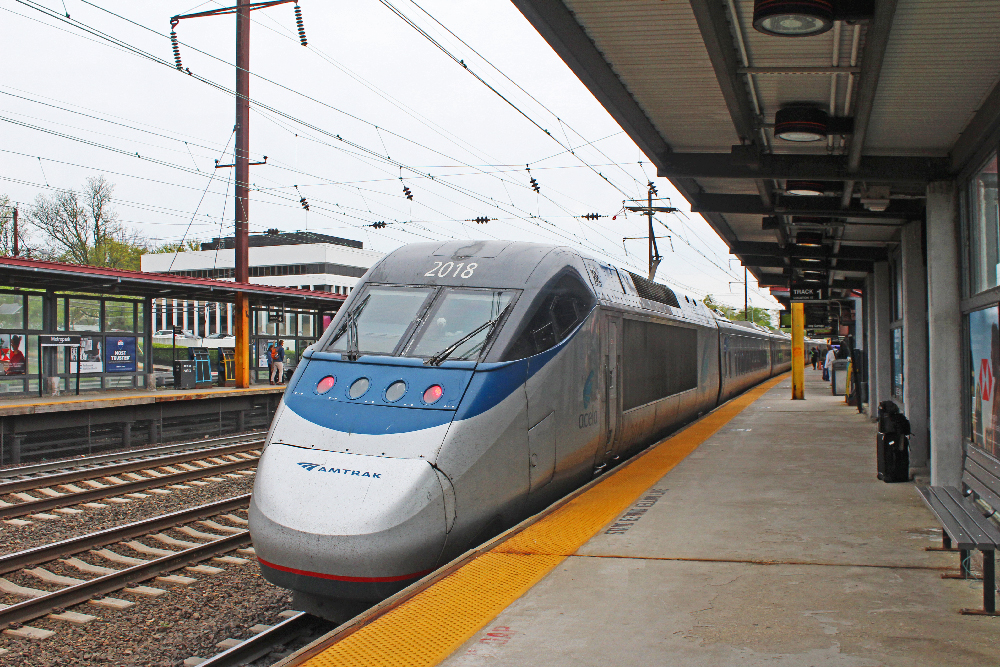




The Owl wasn’t always a secondary train as the article makes it out to be. The train was established as “The Owl” on December 15, 1898 as a fast Oakland-Los Angeles train on what was considered at the time part of the Sunset Route. It supplemented existing service on this line, which consisted of the San Francisco Express and Los Angeles Express. The Owl distinguished itself from those other trains by its schedule – operating 5-6 hours faster. In Summer 1899, there were news reports that SP intended to reroute The Owl to the Coast Line by the end of the year, but this did not come to pass. Originally, The Owl was numbered #99 and #100 due to its status, but in Summer 1899 the train was renumbered to #25 and #26, which remained throughout the balance of its career. In Fall 1899, the train was renamed “The Owl Limited”, and remained so until late 1920, when “Limited” was dropped.
The listing of stations has an error—Martinez should have been after Port Costa.
As others have pointed out, some fairly sloppy writing. If anything the Lark in its heyday was a more deluxe all Pullman train, on a par with the Broadway Limited. Tough to get to 16th Street on a ferry, in those days it left from the Mole. And if you are going to write about train numbers, it would be more consistent to use timetable directions….the “Owl” was north and southbound (geographically), but trains 25 and 26 were west and eastbound. And I never heard the term “superb” used to describe the Owl. The Owl was of particular significance to employees, because passes were generally not good on the Lark without special endorsement. So if an employee wanted to get between LA and SF overnight, the Owl was the train. And the cost of an upper berth was less than the cost of a PSA flight. I road the Owl many times. The biggest downer was when the hamburger grill car was replaced by an automat.
The railroad (Southern Pacific) did not use “southbound” and “northbound” on its Western Lines; trains operated either eastbound (away from San Francisco) or westbound (towards San Francisco). Also, the author indicates the “southbound” (should be eastbound) Owl was No. 25 and the “northbound (should be westbound) Owl was No. 26. This is incorrect; all eastbound scheduled trains were even numbered and westbound scheduled trains odd-numbered. Thus, No. 26 shown in the photo is an eastbound train.
And LAUPT wasn’t “built in the 1940s” as the author has written. It opened to the public in May, 1939, something a little fact checking would have easily disclosed.
Finally, as any pre-discontinuance issue of the Official Guide will disclose, the Owl was many things during its lifetime, but never “superb.” It labored as heavyweight maid of all work for most of its career, the San Joaquin Route’s equivalent of the Sunset Route’s Argonaut or the Golden State Route’s Imperial.
But the Lark was nobody’s unglamorous step child. Not ever.
Also, contrary to what the author has written, the Lark never carried “similar equipment” to that of the Daylight. The former was a fully fluted blaze of orange, red and black, carrying, among other amenities, two cars with parlor accommodations and a news agent who was housed in the baggage coach behind the locomotive. And its coaches were uniquely equipped with luggage-handling elevators. The Lark, on the other hand, was smooth sided and painted in a beautiful two tone grey scheme, and was an all private room sleeping car train, except for its copious lounge and dining cars, which included the famous triple unit “Lark Club.” No coaches. No parlor cars. In no way “similar” to the Daylight.
Some research in writing this article would have improved its accuracy:
The Lark was hardly the Daylight’s poor relation that the author relays. It was, for most of its storied career, a deluxe, all Pullman streamliner boasting the nearly unique (save for its Oakland-Portland companion Cascade) triple unit “Lark Club” which did double duty as a fashionable supper club from its originating stations, before serving a wide menu of cooked to order breakfasts approaching its termini in the morning. Moreover, it carried a beautiful Pullman buffet observation lounge on its Oakland-San Jose sections which also served full breakfasts in the morning.
Fully streamlined just before the outbreak of World War II, Espee continued to upgrade the Lark with the latest in sleeping cars into the 1950s, before seriously downgrading of its passenger operations occured. But before then, the railroad used to boast that the Lark was the finest overnight all Pullman train in the country, and in fact, if it didn’t match the 20th Century Limited’s cache, it wasn’t far off, if at all. I
I’m sure this was intentional, so I give the author credit for superb writing, but change just one space, and you go from Superb Owl to Super Bowl.